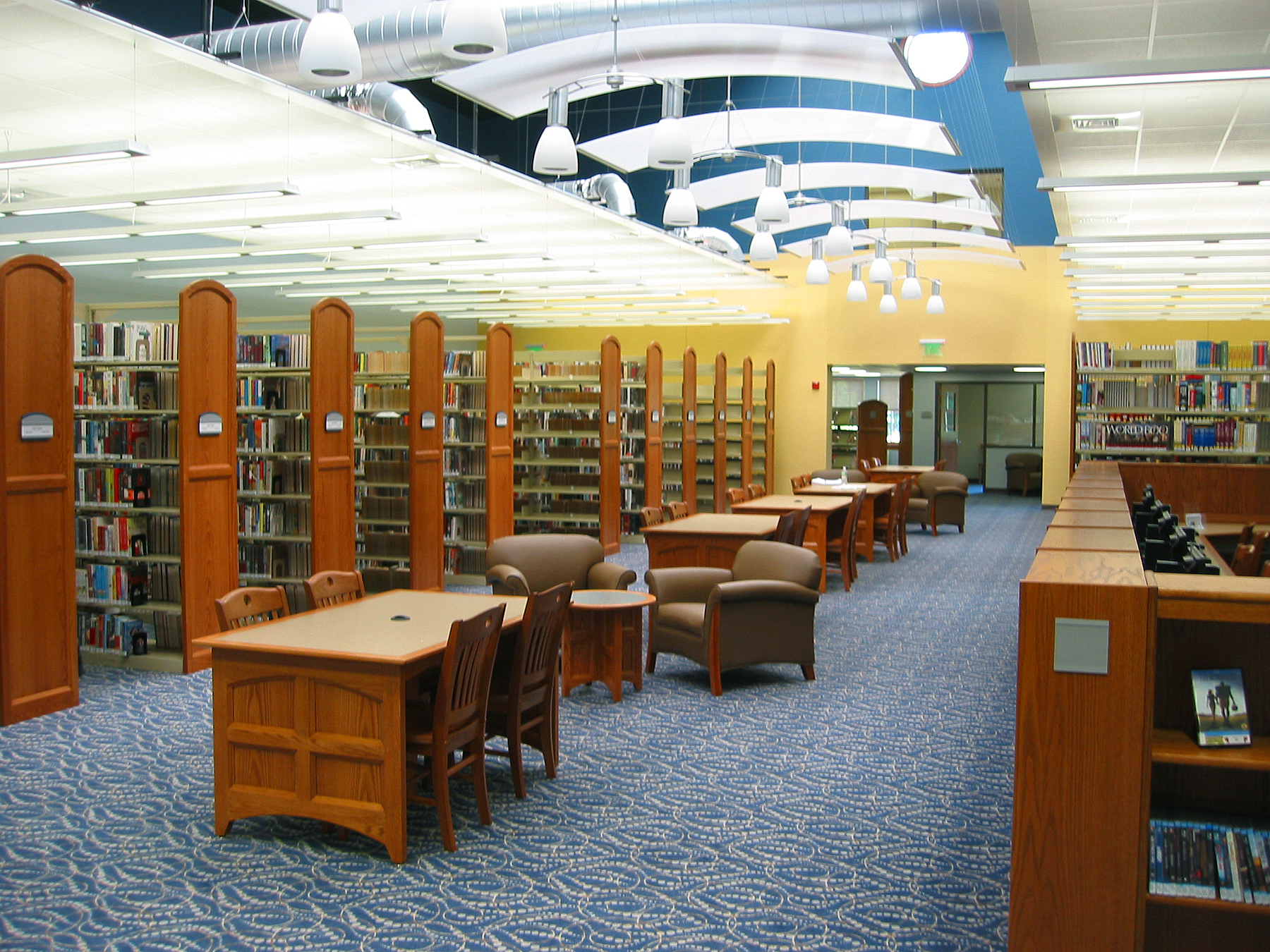The American Institute of Architects Long Island Chapter (AIA LI) presented its prestigious 2011 Sustainable Design Award to BBS Architects & Engineers (BBS). AIA LI bestowed the award in recognition of an outstanding use of sustainable design practices during BBS’ work at the Nesconset Public Library Branch. LIPA Long Island Power Authority sponsored the Sustainable Design Award.
AIA LI also recognized BBS with the 2011 ARCHI Award Commendation for the St. Charles Resurrection Cemetery St. Charles Resurrection Cemetery Welcoming and Information Center in Farmingdale, NY.
Located in Nesconset, NY, the 25,000-sf Nesconset Library Branch project encompassed a conversion of a former federal armory structure into a library and technical services center for the entire Smithtown Special Library District. The Nesconset Library is currently undergoing the LEED certification by the US Green Building Council, with the LEED Silver level target.
BBS, a leading Greater New York area architect and designer of green institutional, educational and corporate facilities, served as architect, interior designer and engineer for the library conversion.
“We are tremendously honored to receive the 2011 Sustainable Design Award,” said BBS President and Lead Architect Roger P. Smith, AIA, LEED AP. “The Nesconset Library Branch project presented the BBS design team with an exciting opportunity to redevelop an abandoned structure into an environmentally responsible public use facility that will serve the local community for decades to come.”
The entire library building was fully renovated, including new HVAC, lighting, electrical and plumbing systems. The armory’s “drill room” was converted into a soaring open plan library space with unobstructed clerestory windows that allow natural light into the interiors. The new finishes, millwork, furniture, casework, and lighting created an inviting and fully accessible community environment for library patrons.
Headquartered in Patchogue, NY, BBS Architects & Engineers is a leading Long Island and Tri-state area designer of sustainable commercial, institutional and public facilities. The firm designed the first LEED-certified public school in New York State – the Hampton Bays Middle School in Hampton Bays, NY – which received LEED Silver certification, indicating a very high level of environmental sustainability in design and construction practices. BBS services include architecture and interior design as well as mechanical, electrical and plumbing engineering.
The firm’s current and recent work includes the 100-room Hyatt Place East End hotel in Riverhead, NY; the new $28.5-million Life Sciences Building at the Suffolk County Community College Ammerman Campus in Selden, NY; the $78.2-million Riverhead Central School District expansion and capital improvement program in Riverhead, NY; the Holy Sepulchre Cemetery Administrative Building in Coram, NY; and the new Sacred Heart Roman Catholic Church in North Merrick, NY. BD+C
Related Stories
| Nov 15, 2010
Gilbane to acquire W.G. Mills, Inc.
Rhode Island-based Gilbane Building Company announced plans to acquire W.G. Mills, Inc., a construction management firm with operations based in Florida. The acquisition will dramatically strengthen Gilbane’s position in Florida’s growing market and complement its already established presence in the southeast.
| Nov 11, 2010
Saint-Gobain to make $80 million investment in SAGE Electrochromics
Saint-Gobain, one of the world’s largest glass and construction material manufacturers, is making a strategic equity investment in SAGE Electrochromics to make electronically tintable “dynamic glass” an affordable, mass-market product, ushering in a new era of energy-saving buildings.
| Nov 11, 2010
Saint-Gobain to make $80 million investment in SAGE Electrochromics
Saint-Gobain, one of the world’s largest glass and construction material manufacturers, is making a strategic equity investment in SAGE Electrochromics to make electronically tintable “dynamic glass” an affordable, mass-market product, ushering in a new era of energy-saving buildings.
| Nov 11, 2010
USGBC certifies more than 1 billion square feet of commercial space
This month, the total footprint of commercial projects certified under the U.S. Green Building Council’s LEED Green Building Rating System surpassed one billion square feet. Another six billion square feet of projects are registered and currently working toward LEED certification around the world. Since 2000, more than 36,000 commercial projects and 38,000 single-family homes have participated in LEED.
| Nov 10, 2010
$700 million plan to restore the National Mall
The National Mall—known as America’s front yard—is being targeted for a massive rehab and restoration that could cost as much as $700 million (it’s estimated that the Mall has $400 million in deferred maintenance alone). A few of the proposed projects: refurbishing the Grant Memorial, replacing the Capitol Reflecting Pool with a smaller pool or fountain, reconstructing the Constitution Gardens lake and constructing a multipurpose visitor center, and replacing the Sylvan Theater near the Washington Monument with a new multipurpose facility.
| Nov 9, 2010
Just how green is that college campus?
The College Sustainability Report Card 2011 evaluated colleges and universities in the U.S. and Canada with the 300 largest endowments—plus 22 others that asked to be included in the GreenReportCard.org study—on nine categories, including climate change, energy use, green building, and investment priorities. More than half (56%) earned a B or better, but 6% got a D. Can you guess which is the greenest of these: UC San Diego, Dickinson College, University of Calgary, and Dartmouth? Hint: The Red Devil has turned green.
| Nov 9, 2010
12 incredible objects being made with 3D printers today
BD+C has reported on how 3D printers are attracting the attention of AEC firms. Now you can see how other creative types are utilizing this fascinating printing technology. Among the printed items: King Tut’s remains, designer shoes, and the world’s smallest Rubik’s Cube.
| Nov 9, 2010
U.S. Army steps up requirements for greening building
Cool roofs, solar water heating, and advanced metering are among energy-efficiency elements that will have to be used in new permanent Army buildings in the U.S. and abroad starting in FY 2013. Designs for new construction and major renovations will incorporate sustainable design and development principles contained in ASHRAE 189.1.









